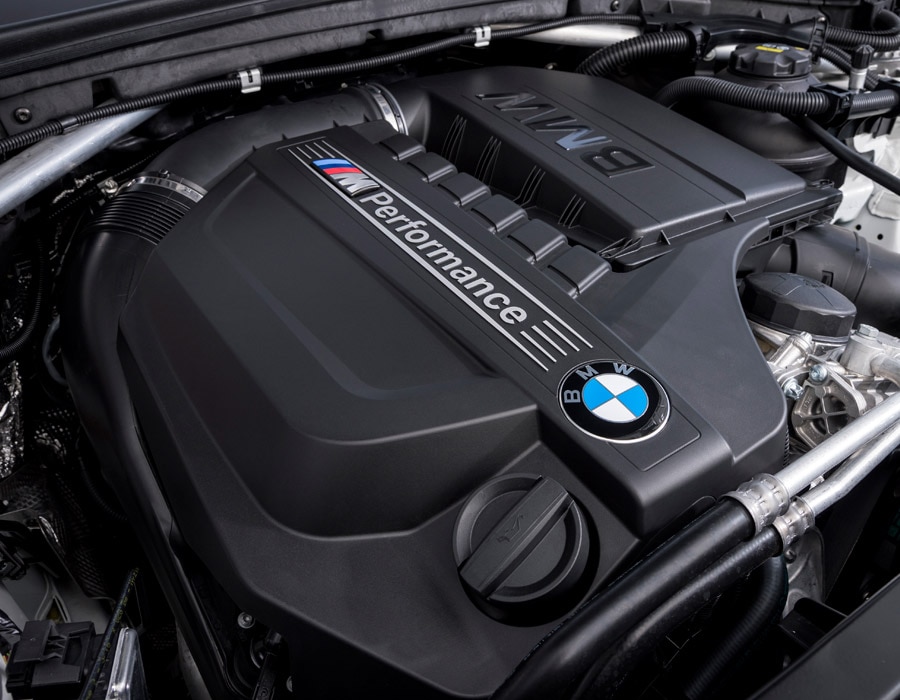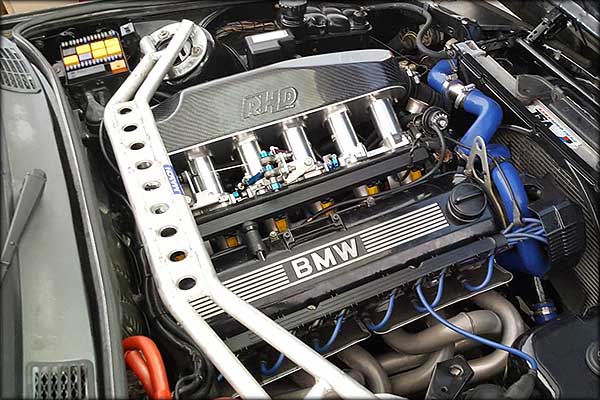Checking Out the Advancement of Burning Engines in Modern Transport Equipments
As we browse the landscape of modern-day transportation, the evolution of combustion engines stands as a testimony to human resourcefulness and engineering expertise. The interaction of history, modern technology, and environmental concerns in forming the trajectory of combustion engines develops a story that is both informative and compelling.
Early Beginnings of Combustion Engines
Just how did the concept of combustion engines first emerge in the early stages of transport advancement? The roots of burning engines can be traced back to the 17th century when the concepts of interior burning were very first explored. In 1673, Christian Huygens conceptualized a standard interior burning engine that utilized gunpowder to create power. It wasn't till the late 19th century that practical applications of burning engines in transport began to emerge.
The advancement moment featured the innovation of the very first effective gasoline-powered engine by Karl Benz in 1885 - bmw engine. This engine led the way for the development of the contemporary auto, transforming transportation systems worldwide. Succeeding innovations by Nikolaus Otto and Gottlieb Daimler additionally refined burning engine modern technology, resulting in the mass manufacturing of autos and the rapid growth of the transportation market
These very early burning engines were characterized by their simplicity and efficiency, laying the foundation for the complex and powerful engines made use of in modern-day transport systems. The advancement of burning engines has actually been critical fit the means we take a trip and deliver products, marking a considerable landmark in the history of transportation advancement.
Shift to Internal Combustion Modern Technology
The shift to inner burning technology noted a crucial change in the development of transportation systems. This shift started in the late 19th century, with innovators like Nikolaus Otto and Gottlieb Daimler establishing the initial effective interior combustion engines. These engines revolutionized transport by using a more powerful and reliable option to steam engines and electrical motors.
Among the essential benefits of interior combustion engines was their capacity to be scaled down to match automobiles, resulting in the growth of motorbikes and automobiles. This change from bulky, fixed engines to compact, mobile ones led the way for the modern-day transportation systems we see today.
The change to interior burning technology also stimulated developments in gas technology, bring about the growth of gas and diesel as primary gas resources for automobiles. This change not only made transport more obtainable to the masses but likewise laid the structure for the oil and gas market to become important to global economic climates.
Influence of Combustion Engines on Transport
The fostering of combustion engines in transportation systems militarized an extensive shift in the effectiveness and speed of international movement. Burning engines changed transportation by offering a flexible and trustworthy resource of power for various cars, consisting of vehicles, trucks, ships, and planes. This development substantially boosted the ability for individuals and goods to move over long distances in shorter amount of time, causing raised connection in between areas and countries.
Moreover, the extensive usage of burning engines has had a significant influence on financial growth. The ability to carry items effectively has spurred trade and business, permitting organizations to increase their markets and get to consumers worldwide. This has facilitated economic development and globalization, as items can now be carried quicker and in larger quantities than ever before.
However, the ecological influence of combustion engines can not be neglected. The burning of nonrenewable fuel sources has led to air contamination and greenhouse gas emissions, adding to environment modification and positioning health threats to populations. bmw engine. Because of this, there is an expanding emphasis on creating different propulsion innovations to reduce these adverse impacts and create an extra sustainable future for transport
Technologies in Combustion Engine Layout
One significant technology is the growth of turbocharged engines, which make use of exhaust gases to drive a generator that presses incoming air, allowing for more gas to be burned, resulting in raised power result without a substantial boost in engine size. Variable valve timing systems have actually additionally changed engine layout by enhancing air movement at various engine rates, improving both power and efficiency. These innovations jointly add to the constant improvement of burning engines in modern-day transportation systems.
Future Patterns in Burning Engine Growth
With modern technology improvements driving constant innovation, the future of burning engine advancement is positioned to reinvent transportation systems globally. Among the vital patterns in combustion engine growth is the push in the direction of higher efficiency and lowered discharges. Manufacturers are spending heavily in r & d to improve engine performance while satisfying stringent ecological policies. This web consists of the integration of innovative fuel shot systems, improved turbocharging approaches, and making use of light-weight products to enhance gas consumption and lower carbon emissions.
Another popular fad is the fostering of hybrid innovations in burning engines. Crossbreed engines combine standard burning modern technology with electric power, using boosted fuel efficiency and lower discharges. As this contact form the auto industry shifts towards electrification, hybrid burning engines are viewed as a transitional remedy that connects the void between conventional cars and completely electrical ones.
In addition, the assimilation of clever technologies, such as expert system and data analytics, is expected to play a significant function in the future of combustion engine development. These innovations can optimize engine efficiency in real-time, bring about extra reliable combustion processes and improved general automobile performance. Accepting these future patterns will not only drive innovation in burning engine growth yet additionally add to an extra lasting and ecologically friendly transport environment.

Verdict
To conclude, the evolution of burning engines in modern-day transport systems has actually been noted by substantial advancements in technology and design. From the very early starts of burning engines to the change to inner combustion innovation, these engines have had a profound influence on transportation. Innovations in burning engine layout proceed to drive development in this field, with future trends focusing on more boosting effectiveness and minimizing discharges. The future of burning engines in transport looks encouraging as study and advancement efforts remain to press limits.
The roots of burning engines can be traced back to the 17th century when the principles of interior combustion were initial checked out. These engines revolutionized transport by providing a much more powerful and reliable choice to heavy steam engines and electrical motors.
